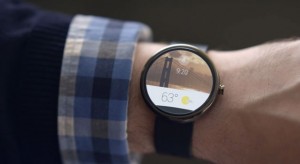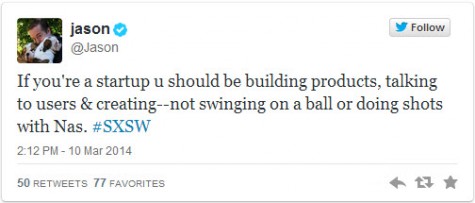3FER: 21 March 2014

#1: Wearing Android
A week ahead of schedule, Google released a developers preview of Android Wear, a software development kit (SDK) aimed at wearable device manufacturers. This mobile market niche is hot. Research firm Canalys estimates that 8M units will ship this year, growing to 45M by 2017.
Google’s move decimates any significant growth hopes for Tizen (mentioned last week) and gives it a leg up over Apple. Motorola and LG both announced they will release AW-compatible watches later this summer. Details below:
NY Times: “Why Android Wear Is the Beginning of the Wearable Devices Era” http://bit.ly/1f0oY7v
Google: “Sharing what’s up our sleeve: Android coming to wearables.” http://bit.ly/1f0ptOX
Quartz: “The Google watches are here, and their real interface is Google Now.” http://bit.ly/1gjyYxP
LG gWatch: http://bit.ly/1gjzlIL
Motorola Moto 360: http://bit.ly/1gjzwDU
[br]
#2: Clueless Political Operatives
As many of you know, I cut my teeth trying to bring mobile tools into the political campaign world. Despite a few solid successes, I shutdown my practice–campaigns wanted everything for free and most times the smartest person in the room was the candidate. (And that’s often not a compliment.)
Political operatives are bane of innovation.
At MediaPost’s Marketing Politics conference, it seems they still suffer from path dependency. PD is how a set of decisions one faces for any given circumstance is limited by the decisions one has made in the past, even though past circumstances may no longer be relevant. And this article confirms it.
MediaPost: “Political Operatives Predict Next Big Campaign Medium Is — Surprise — TV”: http://bit.ly/1gjbHw5
[br]
#3: My Mobile March Preso
I had the great pleasure of presenting at yesterday’s Mobile March Twin Cities–a day-long conference on mobile business and technology. I focused on how connected devices, such as Nike’s FitBit, are powering the growth within the mobile world.
Since I had only 40 minutes, I had to do a bit of trimming. Below is a link to the expanded version.
SlideShare: “Beyond Mobile, How Connect Devices are the Next Evolution of Mobile” http://bit.ly/1gj8Pzg





